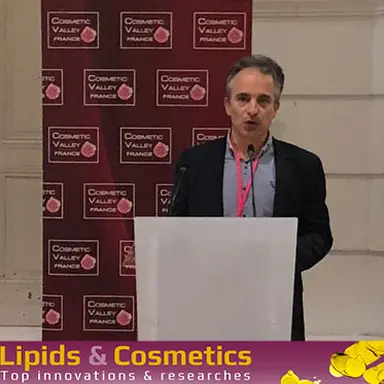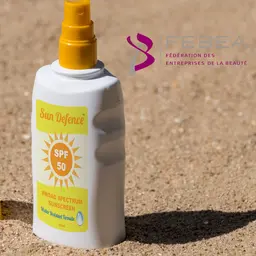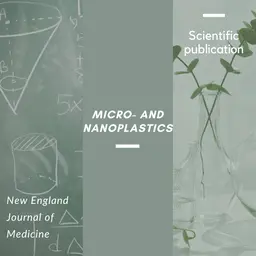
Is it enough to add an antioxidant of any kind to an emulsion to perfectly guarantee its protection against the oxidation of lipids and associated phenomena (rancidity of fats, alteration of lipids …)? For Pierre Villeneuve, from the CIRAD of Montpellier, the answer is clearly: no. At the Lipids & Cosmetics congress, organized by Cosmetic Valley and Iterg on 29 and 30 January in Bordeaux, he came to present the work that led him to this conclusion.
Oxidation mainly concerns unsaturated lipids, through the action of different initiators such as light, pro-oxidants, temperature, etc. They generate a very complex chemical reaction, which produces multiple neoformed molecular species. Result: the product (food or cosmetic) becomes rancid, its taste and/or smell is altered, its nutrients and/or active ingredients are degraded, they contain neoformed compounds, some of which are proven to be toxic, and its shelf life is reduced.
Pierre Villeneuve’s work is focused on discovering the mechanisms of action of antioxidants in emulsions so that they can be optimized.
A brief history of lipid oxidation
The first documented works on the subject were published during the Napoleonic period by researchers such as the Swiss Nicolas Théodore de Saussure or the French Antoine Augustin Parmentier. By placing vegetable oils in a hermetic enclosure, they found that, under the effect of heat, they consumed oxygen and developed rancidity.
After more than a century of debates between experts of the time to determine the real cause of this alteration, it was only at the beginning of the 20th century that the first mechanistic studies took place which allowed the identification of the molecular species formed, notably peroxides but also secondary oxidation compounds …













